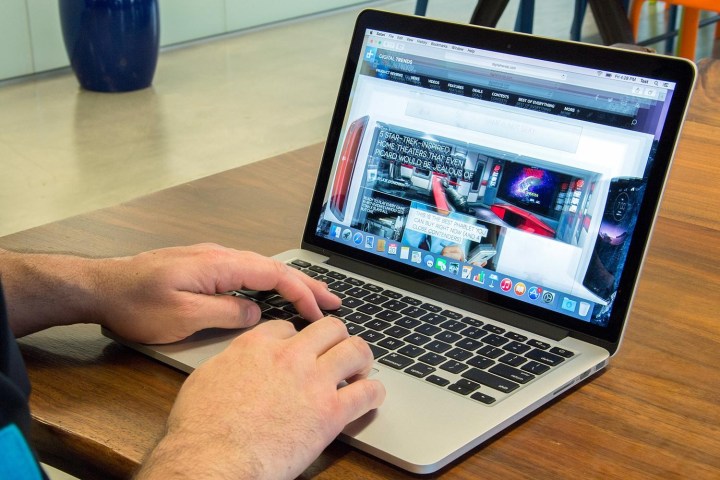
A raft of video errors and random reboots affecting 15-inch and 17-inch MacBook Pros was determined to be a large-scale problem last year. In an attempt to make up for the situation, Apple announced in February 2015 that affected customers would be entitled to repairs, free of charge.
The catchily titled MacBook Pro Repair Extension Program for Video Issues was initially set to run until February 27, 2016, or three years from the date of sale. Today, however, Apple has announced that this will be extended to December 31, 2016 or four years from the date of sale, according to a report from MacRumors.
The program is intended to cover 15-inch and 17-inch models of the MacBook Pro that were manufactured between February 2011 and February 2013. Users in doubt of whether their system is eligible for a complementary repair can use Apple’s Check Coverage tool to see whether their serial number checks out.
Users then have the option of taking their laptop to an Apple Store or an Authorized Apple Service Provider, or mailing it to an Apple Repair Center. Anyone who paid for their own repairs is advised to get in touch with Apple via its support channels to arrange a reimbursement.
The issues that prompted the creation of this program were a significant headache for Apple, and involved a class-action lawsuit being leveled against the company, as well as an online petition that gathered tens of thousands of signatures. Extending the duration of the program will hopefully make sure that any users who experience problems over the next few months can get their system sorted out.
Editors' Recommendations
- The Vision Pro is already in trouble. Here’s how Apple can turn the tide
- These 6 tweaks take MacBooks from great to nearly perfect
- A new wave of powerful laptops rises to challenge the MacBook Pro
- 5 laptops you should buy instead of the M2 MacBook Air
- If you buy one MacBook Air alternative, make it this one


